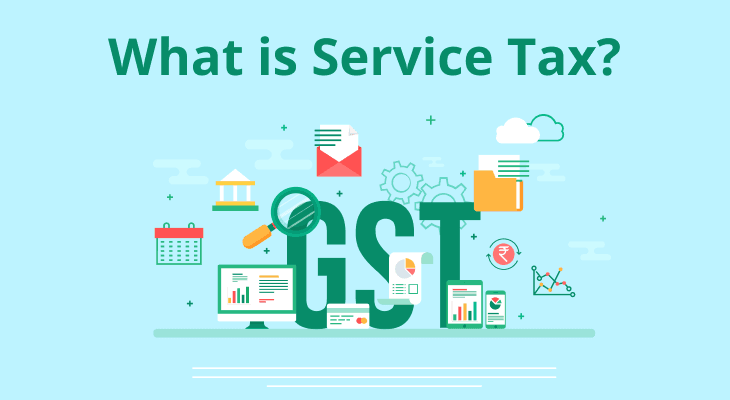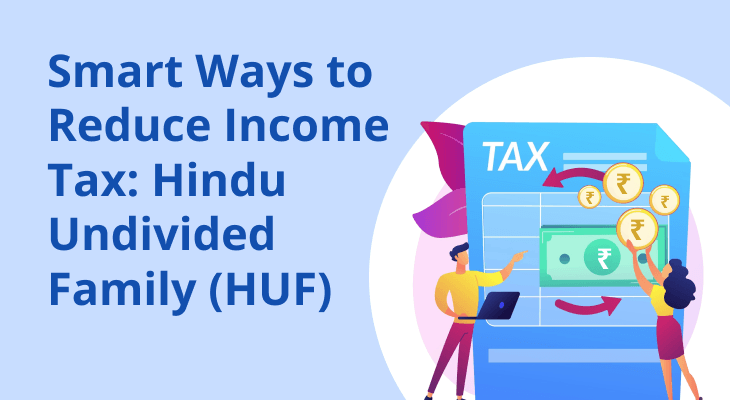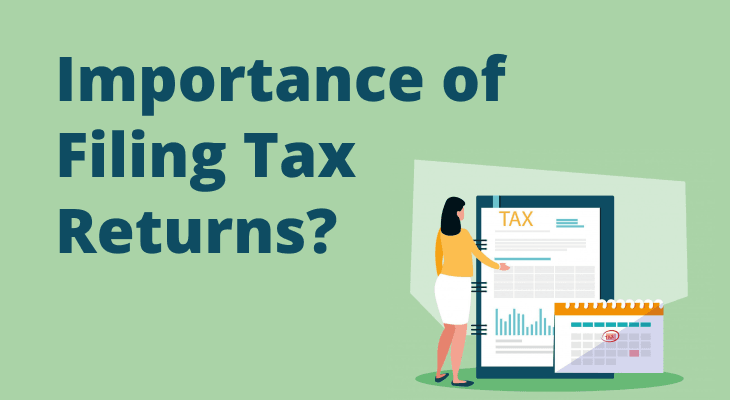
What is Service Tax?
Service tax was an indirect tax imposed by the Government of India on specified services supplied or to be supplied, other than those falling under the negative list. It came into being in 1994 through the Finance Act with the objective of generating a revenue stream from the growing services sector, which was a considerable chunk of the country's GDP. The tax was collected by the service provider from the consumer and paid to the government. The tax was payable throughout India except in Jammu and Kashmir and specified areas of the Continental Shelf and Exclusive Economic Zone of India.
The service tax regime underwent several changes over the years, including the introduction of the negative list in 2012, which specified services that were not subject to service tax. The rate of service tax evolved from 5% in 1994 to 15% in 2016, comprising 14% basic rate, 0.5% Swachh Bharat Cess, and 0.5% Krishi Kalyan Cess. However, with the implementation of the Goods and Services Tax (GST) on July 1, 2017, service tax was subsumed under GST, which now governs the taxation of services in India.
Understanding the Concept of Service Tax
Service tax was an indirect tax imposed on the supply of services in India. It was charged on services supplied by service providers to consumers, with the service provider being the collector of the tax. The consumer paid the tax but the service provider collected and remitted it to the government. The idea was brought forward to earn revenue from the booming services sector, which was fast emerging as an important contributor to the Indian economy.
Under the service tax regime, the taxability of services was determined based on the Place of Provision of Service Rules and the Point of Taxation Rules. These rules helped in identifying the location where the service was provided and the point in time when the tax liability arose. The service tax was applicable to all services except those specified in the negative list, which included services like funeral, burial, crematorium, or mortuary services for the deceased, agricultural services, and services provided by the government.
History of Service Tax in India
The history of service tax in India started in 1994 when it was levied under the Finance Act, 1994. It was initially applicable to only three services—telecommunication, stock brokerage, and general insurance. The scope increased over time, and by 2012, 119 services were taxable. In 2012, the government implemented the 'negative list' approach, where all services were taxable except those that were specifically exempted. This action was intended to reduce the tax complexity and increase the tax base.
The service tax rate also underwent several revisions. It started at 5% in 1994 and increased over time, reaching 15% in 2016. The rate comprised 14% basic service tax, 0.5% Swachh Bharat Cess, and 0.5% Krishi Kalyan Cess. However, with the introduction of GST on July 1, 2017, service tax was subsumed under GST, marking the end of the service tax regime in India.
Key Features of Service Tax
- Indirect Tax: Service tax was an indirect tax, meaning the burden of the tax was on the consumer, but the liability to pay it was on the service provider.
- Taxable Services: Initially, only a few services were taxable. Over time, the list expanded, and by 2012, 119 services were taxable.
- Negative List: In 2012, the government introduced a negative list approach, where all services were taxable except those specifically exempted.
- Registration Requirement: Service providers with a turnover exceeding ₹9 lakh in a financial year were required to obtain service tax registration.
- Payment and Filing: Service tax was to be paid by the 6th of the following month, and returns were to be filed half-yearly.
- Input Tax Credit: Service providers could avail of input tax credit on service tax paid on input services, which could be utilized to set off output tax liability.
- Penalties: Penalties were levied for non-compliance, including late filing of returns and non-payment of tax.
- Exemptions: Certain services were exempt from service tax, including services provided by the government and agricultural services.
- Cess: Cess was levied on the service tax to fund specific initiatives like Swachh Bharat and Krishi Kalyan.
- Transition to GST: With the implementation of GST on July 1, 2017, service tax was subsumed under GST, simplifying the tax structure.
Service Tax Rates and Exemptions
The service tax rate in India was 15%, comprising:
- Basic Service Tax: 14%
- Swachh Bharat Cess: 0.5%
- Krishi Kalyan Cess: 0.5%
However, certain exemptions existed. For instance, small service providers with a turnover not exceeding ₹10 lakh in the previous financial year were eligible for a small-scale exemption. This exemption allowed them to choose whether to pay service tax.
Additionally, specific services were exempt from service tax, including services provided by the government, agricultural services, and funeral services. These exemptions were part of the negative list introduced in 2012.
Applicability of Service Tax
Service tax was applicable to all services provided in India, excluding those specified in the negative list. The tax was levied on the service provider, who collected it from the consumer and remitted it to the government. Service providers were required to obtain registration if their turnover exceeded ₹9 lakh in a financial year.
The tax applied across India, except in Jammu and Kashmir and certain designated areas in the Continental Shelf and Exclusive Economic Zone of India. The place of provision of service determined the applicability of service tax, as per the Place of Provision of Service Rules. In Jammu and Kashmir, service tax was not applicable, irrespective of the service provider's location. However, services provided from Jammu and Kashmir to other parts of India were taxable.
Penalties on Service Tax
Penalties were levied for non-compliance with service tax provisions. For instance, under Section 70(1) of the Finance Act, 1994, if an assessee failed to file their half-yearly service tax return by the specified deadline, they were liable to pay a late payment fee. The fee increased with the duration of the delay, with a maximum charge of ₹20,000.
Under Section 76, penalties were imposed for failure to pay service tax. If an assessee failed to pay service tax, they were liable to pay a penalty along with the tax due. The penalty was calculated based on the duration of the delay and the amount of tax due.
Section 78 dealt with penalties for non-payment or short payment of service tax due to wilful misstatement or suppression of facts. In such cases, the penalty could be equal to the amount of service tax evaded, in addition to the tax due.
Conclusion
Service tax was the turning point for India's taxation scenario, leading to a dramatic shift towards the taxation of services, which had become an inseparable part of the economy. Rolled out on July 1, 1994, at 5%, it initially applied to just three services: telephone services, stock broking, and general insurance. Gradually, the scope widened, and by 2012, the negative list regime meant that all services were taxable unless exempted specifically.
The regime of service tax changed frequently in the form of rate revision and the provision of numerous exemptions. With the advent of Goods and Services Tax (GST) on July 1, 2017, the service tax came under the GST, bringing in a simple structure of indirect taxes and having a uniform taxation system in India.
FAQ
What is service tax?
Service tax was an indirect tax imposed by the Government of India on some services provided or to be provided, except for services included in the negative list. Introduced in 1994 under the Finance Act, it aimed to create a revenue stream from the expanding services sector, which constituted a significant part of the country's GDP. The service provider collected the tax from the consumer and remitted it to the government.
When was service tax introduced in India?
Service tax was introduced in India in 1994 under the Finance Act, 1994. Initially, only three services—telecommunication, stock brokerage, and general insurance—were subject to service tax. Over the years, the scope expanded, and by 2012, 119 services were taxable.
What were the service tax rates in India?
The service tax rate in India was 15%, comprising:
- Basic Service Tax: 14%
- Swachh Bharat Cess: 0.5%
- Krishi Kalyan Cess: 0.5%
These rates were applicable until the implementation of GST in 2017.
Who was liable to pay service tax?
The liability to pay service tax rested with the service provider. However, the burden of the tax was passed on to the consumer, who paid the service provider the tax amount along with the service fee.
What is the negative list in service tax?
The negative list, introduced in 2012, specified services that were not subject to service tax. These included services like funeral, burial, crematorium, or mortuary services for the deceased, agricultural services, and services provided by the government.
What is the small-scale exemption in service tax?
Small service providers with a turnover not exceeding ₹10 lakh in the previous financial year were eligible for a small-scale exemption. This exemption allowed them to choose whether to pay service tax.
How was service tax paid and filed?
Service tax was to be paid by the 6th of the following month, and returns were to be filed half-yearly. Service providers were required to obtain registration if their turnover exceeded ₹9 lakh in a financial year.
What is input tax credit in service tax?
Service providers could avail of input tax credit on service tax paid on input services, which could be utilized to set off output tax liability. This mechanism helped in avoiding the cascading effect of taxes.
What were the penalties for non-compliance?
Penalties were imposed for non-adherence to service tax provisions. For example, according to Section 70(1) of the Finance Act, 1994, if an assessee did not submit their half-yearly service tax return within the stipulated time, they had to pay a late payment fee. The fee was more for longer periods of delay, with a ceiling of ₹20,000.
When was service tax replaced by GST?
With the implementation of GST on July 1, 2017, service tax was subsumed under GST, simplifying the tax structure and making it more comprehensive. GST now governs the taxation of services in India.


